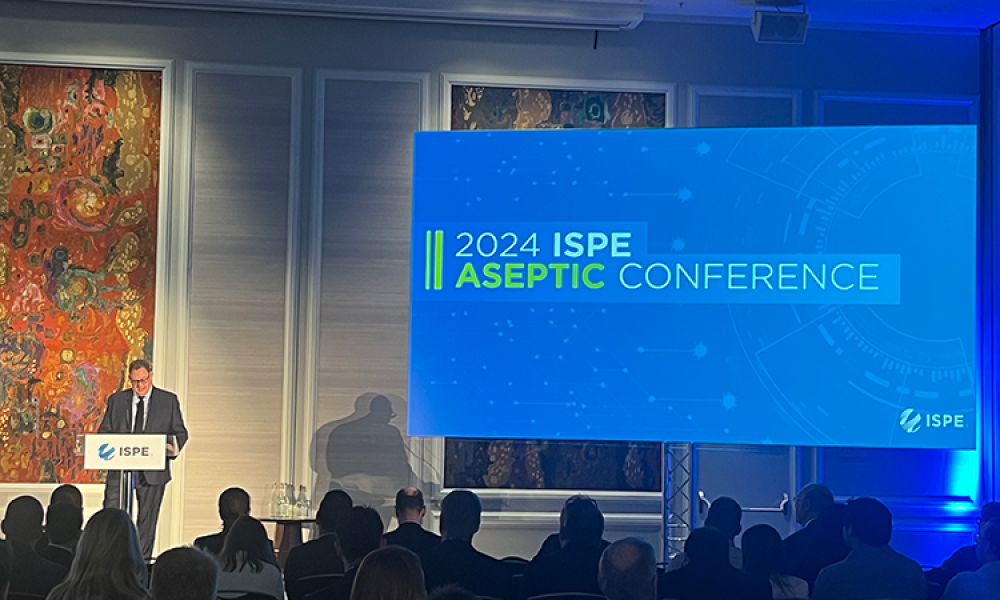Direct to Patient: Quality Considerations & Novartis Experience

Discussion:
In the introductory blog, “Direct to Patient: The Basics & Quality Considerations”1 a collaborating team of direct to patient (DtP) sponsors, couriers, CROS, and QPs introduced several direct to patient models for distribution of study medication. The direct to patient models covered were not exhaustive and mentioned that “Direct to patient experiences can be inconsistent by country, trial, or therapeutic area” [1] with many studies applying a “hybrid” supply strategy. For these reasons, the ISPE Direct to Patient Quality Team is initiating a discussion around quality considerations for specific direct to patient models outlined in the initial ISPE blog, iSpeak. The objective is for members of the pharmaceutical community to share their direct to patient quality experiences, learnings, and questions while ensuring that the actual community concerns and recommendations are reflected in the planned ISPE Guidance for Patient Centric Logistics.
The four direct to patient models outlined were:
- Investigator Site Pharmacy Direct to Patient
- Central Pharmacy or Depot Direct to Patient
- Investigator Site Pharmacy, Central Pharmacy or Depot Distribution to Local Pharmacy (for patient pick up)
- Direct from Patient
“Each direct to patient model requires the establishment of procedures and agreements to be in place with all parties to ensure that the distribution of medication is handled properly and to confirm the Clinical Trial Material/Investigational Medicinal Product (CTM/IMP) is delivered to patient in good quality condition.
All direct to patient models require that patient confidentiality and personal privacy be maintained according to applicable regulations such as HIPPA or GDPR.” 1
Jennifer Snyder and Jeffrey Conover from the Novartis External Operations Management group explain their experience with the “Investigator Site Pharmacy Direct to Patient” or site to patient (StP) distribution model.
“In the US, since September of 2016, Novartis has been supporting planned shipments of Clinical Trial Material/Investigational Medicinal Product (CTM/IMP) from a US study site to specific patient’s homes to provide improved access for patients. As discussed in the Clinical Trials Transformation Initiative (CTTI) recommendations for Decentralized trials published in September 2018, Novartis has established a formalized process for the IMP accountability chain to support this distribution pathway. In addition, the specific study protocols include reference to the potential for site to patient shipments and the site selection criteria is adapted to ensure the site has appropriate training/resources to perform these shipments.”
Summary:
Patient centricity has become a focus in clinical trial design and remains a challenge. Direct to patient distribution of study medication can reduce the number of site visits and improve the patient experience. The introductory blog, “Direct to Patient: The Basics & Quality Considerations”1 identified several direct to patient models. Each direct to patient model requires the establishment of procedures and agreements among all parties to ensure that the CTM/IMP is delivered to patient in good quality. Prior to implementation, regional regulations for the distribution of medication at both the recipients & dispatchers’ locations must be considered realizing that the study may require a hybrid approach to meet all local requirements. Additionally, the supply chain must be flexible enough to allow patient, investigator, and sponsor discretion to determine if/when in-person visits are required.
Special Note:
We are very much interested in your thoughts on this subject, this blog, past, and future blogs will ultimately result in the establishment of an ISPE Good Practice Guide on Direct to Patient. Your thoughts will enrich the Direct to Patient Group. Please submit your comments and questions below.
- 1
a
b
c
iSpeak, the official blog of ISPE: “Direct to Patient: The Basics & Quality Considerations”
The ISPE Investigational Product Steering Committee for US and Europe has setup a global Task Team to develop an ISPE Good Practice Guide with the objective to support sponsors in adding patient centric logistics (DTP) services to their protocols and to provide information and data to answer questions around this topic.
This blog is the third of a series of blogs that have been published on iSpeak, the official blog of ISPE. We will complete this with the development of an ISPE Good Practice Guide. Future and past blogs will or have covered topics such as Quality and Regulatory aspects of Patient Centric Logistics services and Financial Aspects.





